Início Efeitos da laserterapia de baixa intensidade como adjuvante no tratamento de lesão...
odontologia
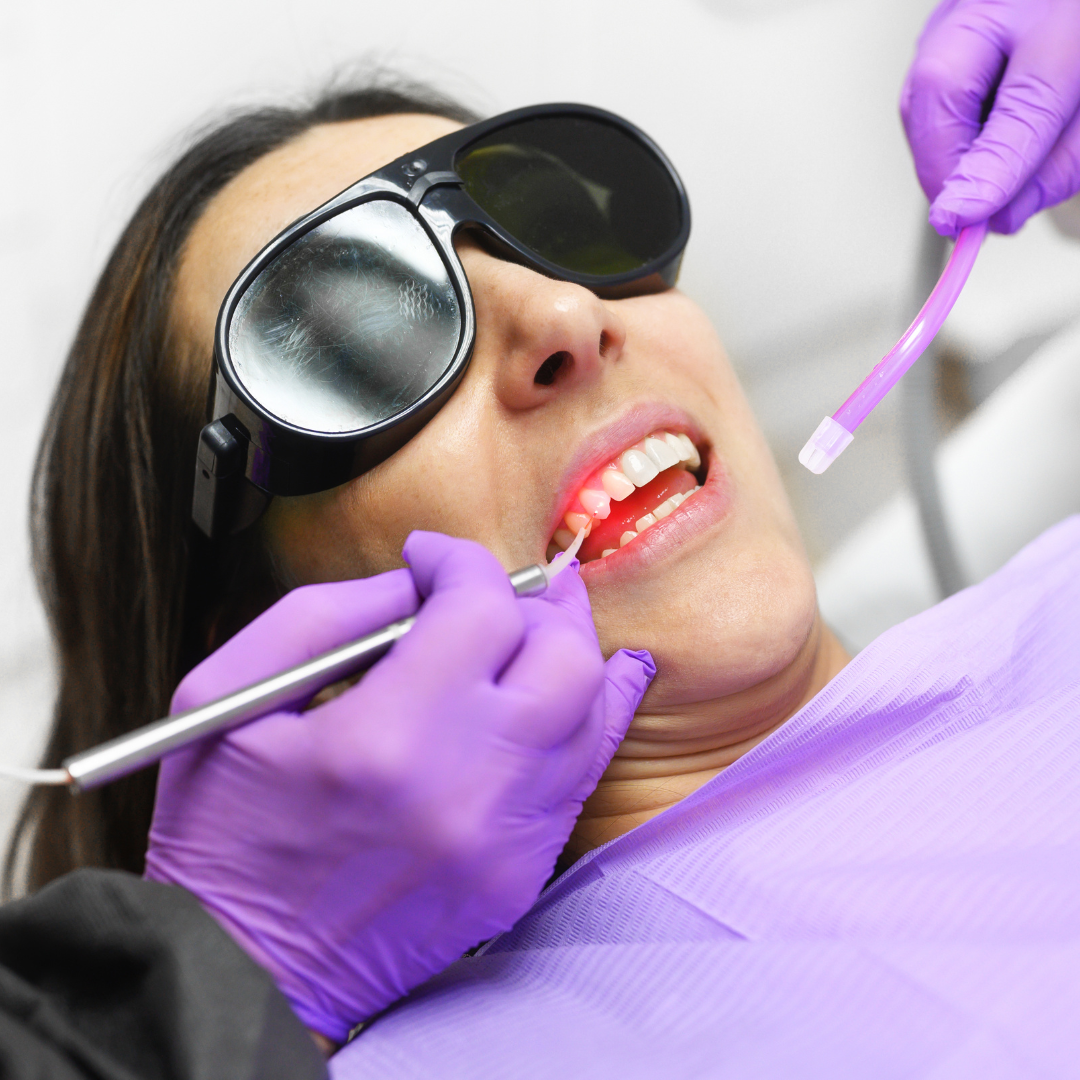
Efeitos da laserterapia de baixa intensidade como adjuvante no tratamento de lesão lacero contusa – Relato de Caso
Resumo:
INTRODUCTION: Oral injuries of patients in Intensive Care Units (ICU) are recurrent, trauma to orotracheal intubation, tube fixation position and/or excessive pressure on the tissues are well established etiological factors, and may increase the length of stay and facilitate the proliferation of infectious processes, directly impacting on hospitalization costs and outcome of the grievance. OBJECTIVE: To report a multidisciplinary treatment of blunt lacerous trauma to the tongue with the integration of photobiomodulation tissue with low power laser. CASE REPORT: A 23 year old male patient, admitted to the Intensive Care Unit, victim of multiple traumas with evolution to an extensive ulcerated lesion with areas of granulation tissue in the lower lip, extending to the internal labial mucosa, of hardened consistency and significant depth, in addition to a traumatic injury with a lacerocontusion aspect in the dorsum and belly of the tongue, treated multidisciplinary through a prototype of mouth opening maintainer and reconstructive surgery by the oral and maxillofacial team. CONCLUSION: This report demonstrated some possibilities of treatment of a traumatic injury, and its management is still a great clinical/surgical challenge in dentistry and especially for patients in intensive care units (ICU`S) and that the interdisciplinary associated with integrative therapies impact positively on the final outcome.
Keywords: Laser Therapy, Treatment, multidisciplinarity, Dentistry.
Expandir Resumo
Acessar Texto Completo
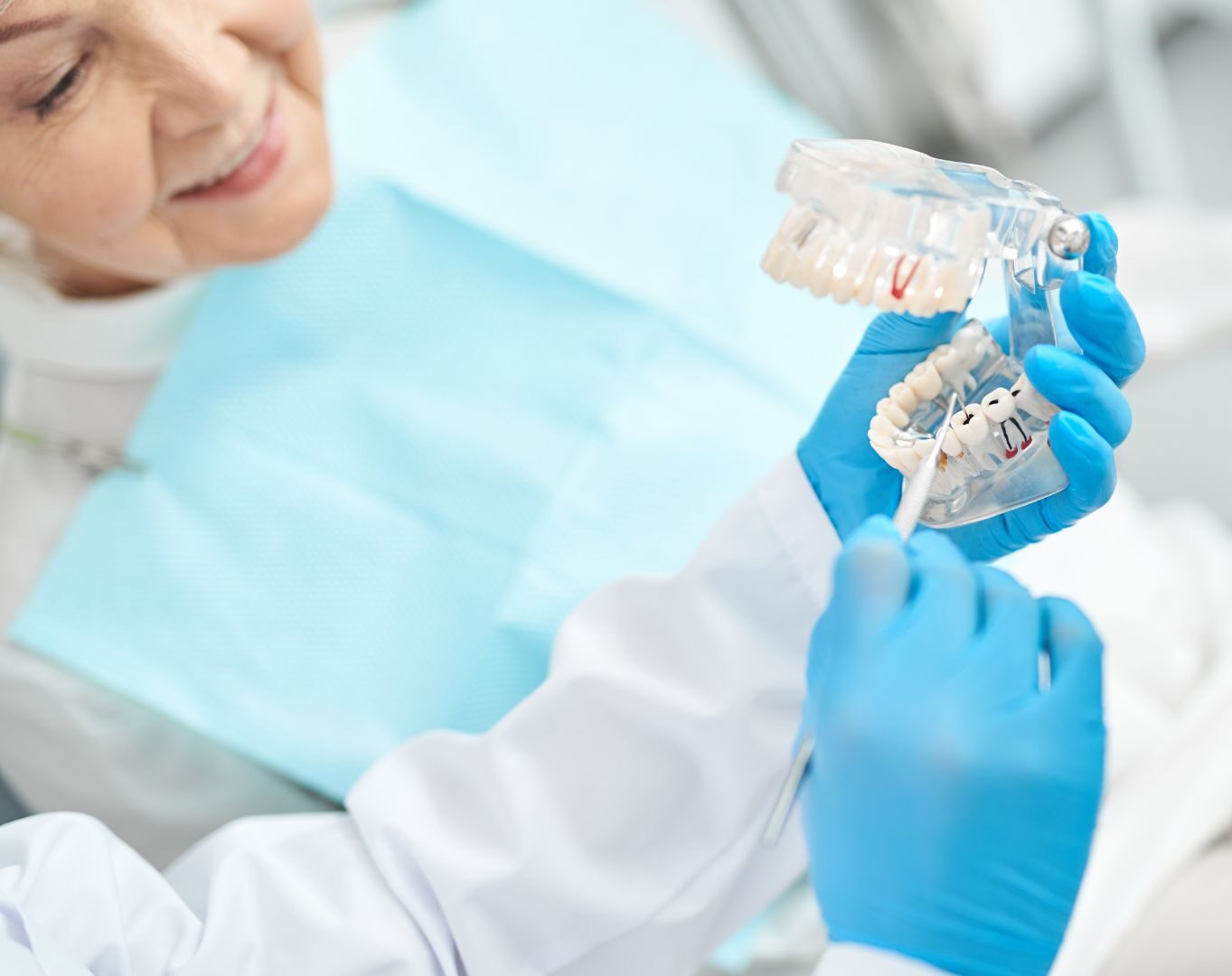
Panorama no ensino da Odontogeriatria na região sudeste do Brasil
Resumo:
Introduction: Odontogeriatrics started to be considered a specialty of dentistry from the year 2001, and Brazil was the first to recognize it. There are 244 specialists in Odontogeriatrics: 52 in Rio de Janeiro, 79 in São Paulo, 29 in Minas Gerais and 12 in Espírito Santo. Even with 19 years of existence, the number of professionals is reduced compared to the current elderly population. It is necessary that undergraduate students have basic knowledge about the particularities of the elderly, so that they can carry out individualized treatments and act in the prevention of possible damages. Objective: to carry out a survey of data in the faculties of Dentistry of the Southeast region of Brazil, recognized by the MEC, to verify how many present the discipline of Odontogeriatria, in a mandatory or optional way. Method: We analyzed the total number of Higher Education Institutions that presented: undergraduate dentistry, the discipline of Odontogeriatrics or related subjects, and make available the curriculum matrix. It was segregated between: offering the discipline (mandatory or optional) and those that did not provide the discipline. Results: Of the 161 colleges present in this region, it was found that 64% do not have the discipline of odontogeriatrics, 30.4% have the mandatory one, and 5.6% have it as an optional subject. Bearing in mind that there are 172 specialists in Odontogeriatrics throughout this region, and that only 36% of universities train professionals with knowledge of the particularities of dental care for elderly patients. Conclusion: There is a professional lack of preparation and an inability to provide quality care to the geriatric patient.
Keywords: Geriatric Dentistry, Dental Assistance for The Elderly, Dentistry, Seniors.
Expandir Resumo
Acessar Texto Completo
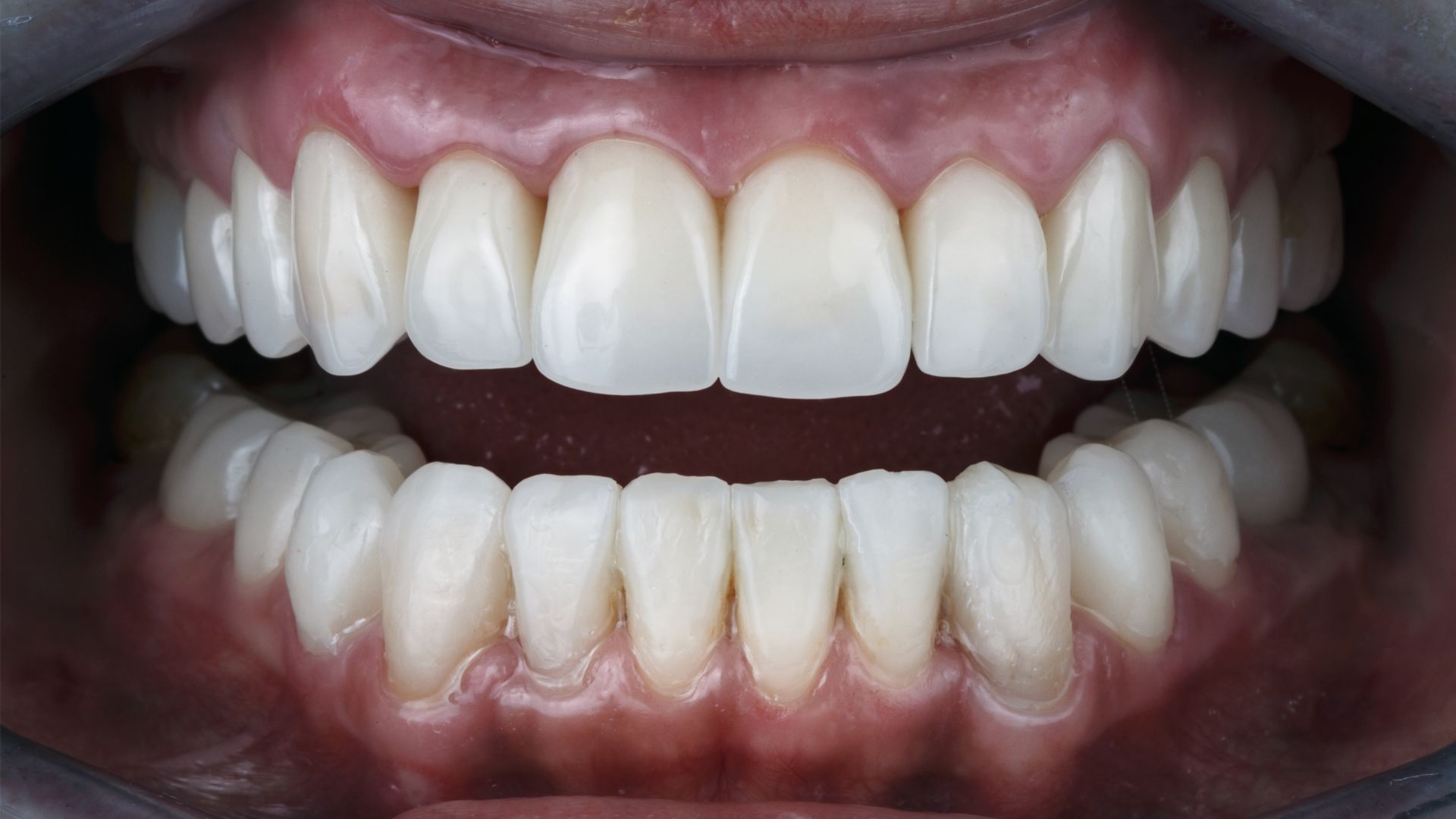
Fotografia digital na prática odontológica
Resumo:
Introduction: The use of digital photographs in dental clinics is increasing and allows the dentist a range of possibilities: it helps in the diagnosis and prognosis of dental diseases, in communication with colleagues and with dental laboratories, in addition, it is a supporting documentation judicial system and a means of publicizing and promoting the profession. Revision: Dental photography is an integral part of the dental record and communication with patients, so all patients should have photos taken of their initial and final condition. Almost 72% of dentists are adept at the technique, which is used mainly in orthodontics, aesthetic dentistry, in soft tissue analysis (nasopalatine cleft) and in the differentiation of pathologies in the oral mucosa (leukoplakia / lichen planus). Discussion: Knowledge of various methods of tampering and editing of images brings out the forgery. Digital photographs for dental records and legal protection must be standardized and closer to reality, that is, without modifications and effects that alter the original image. Final considerations: Digital photographs are often used for documentation, marketing, patient education, and peer-to-peer communication. However, the falsification of images for marketing purposes and the disapproval of some patients, due to the exposure of the image, discomfort and shyness in front of the cameras, prevent digital dental photographs from being used in all cases and mandatory recording in the medical record.
Palavras-chaves: Dental photography, digital photography, dentistry.
Expandir Resumo
Acessar Texto Completo
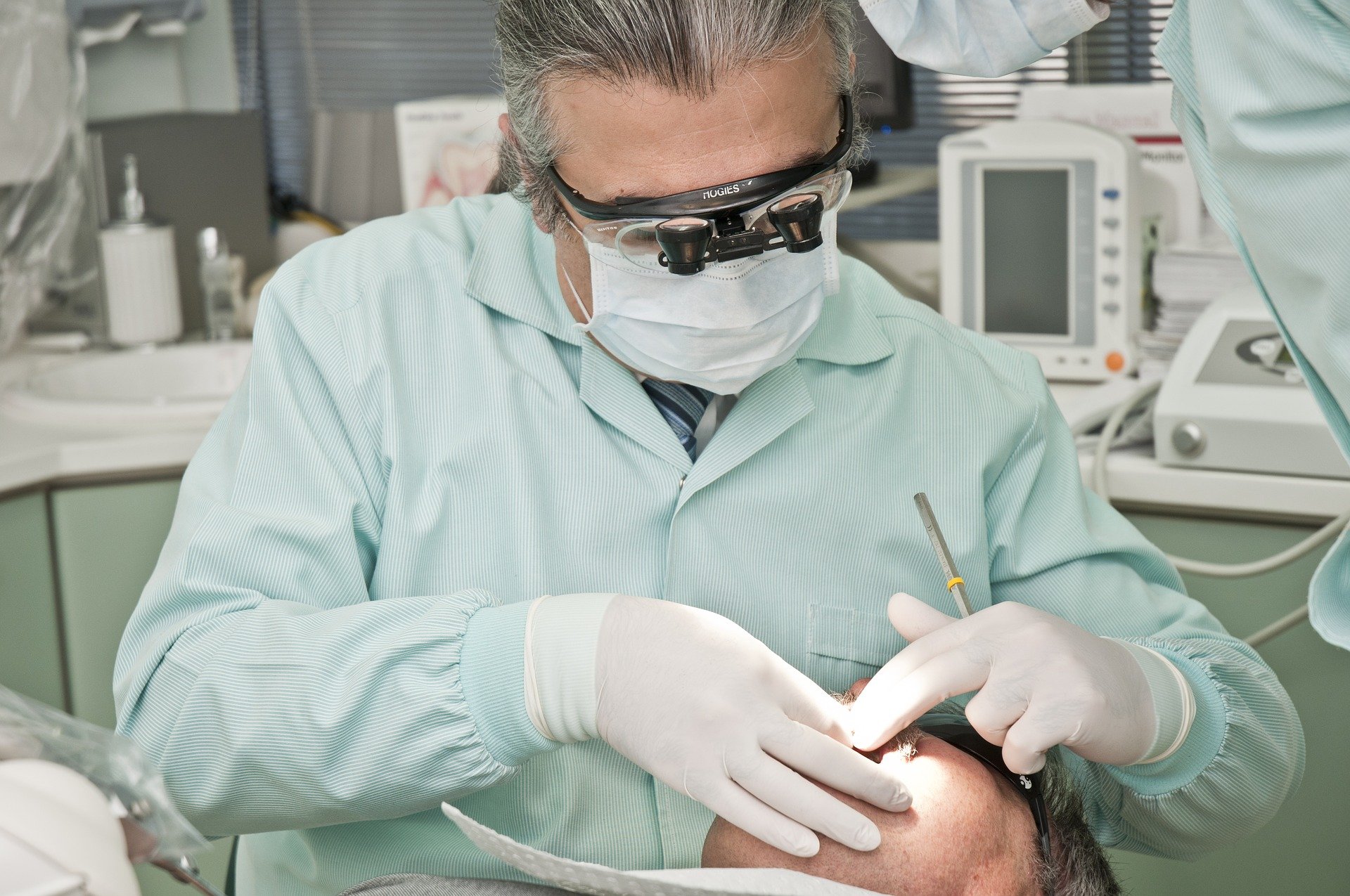
Humanização no atendimento odontológico
Resumo:
Introduction: Dental practices play an important role with regard to the daily procedures that Dental Surgeons perform on each patient, and also the fundamental role they play in the humanized work that each one performs, in the face of each service performed on knowledge acquired during their academic training. The objective this study seeks to investigate the knowledge that underlies humanization practices in dental care. Material and methods: This study had a quantitative-qualitative approach, seeking to explore the humanized practices used in dental care. Data collection was carried out through a questionnaire with open and closed standard questions for practicing dentists, in order to identify how their practices in dental care are humanized. Results and discussion: Understanding of the National Humanization Policy 84.6% of the participants said they know, and 62% of these obtained such knowledge about the National Humanization Policy (PNH) during their academic training period. When asked about their understanding of what humanization in health is, 8.69% of the participants associated humanization with broader issues, such as the Unified Health System (SUS), 30.43% associated this practice with considering the patient for complete, unique and individualized and 8.69% related to empathy. Regarding the average consultation time, 76.9% perform their consultations in an average time of 20 to 40 minutes and 23.1% perform their consultations with a time over 40 minutes, as described in graph 4 below. Final considerations: However, it is extremely important that humanization is evidenced in the course of dental care by Dental Surgeons, so that it is applied according to daily practices in each patient.
Keywords: empathy, humanization of assistance, dentistry.
Expandir Resumo
Acessar Texto Completo
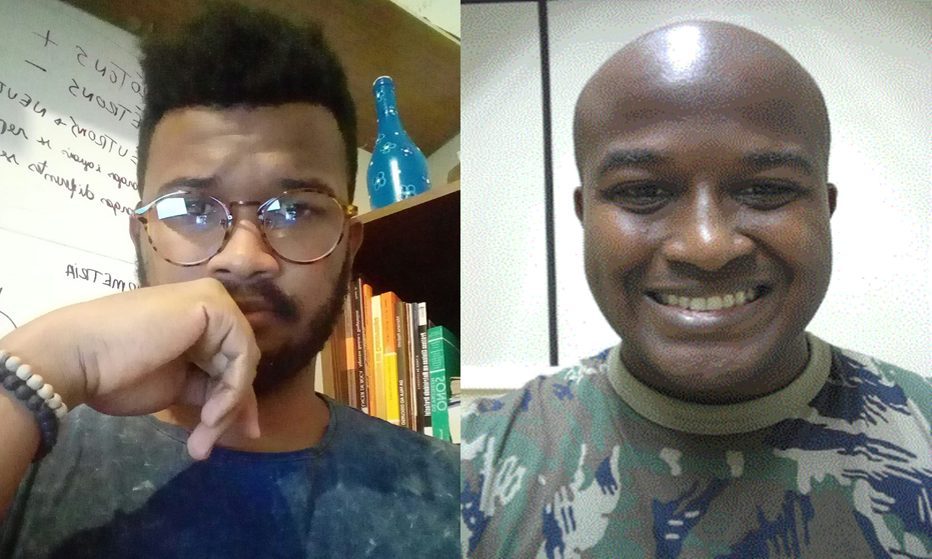
Estrutura e função: inter-relação fonoaudiológica e odontológica na reabilitação do sistema estomatognático
Resumo:
Introduction: The stomatognathic apparatus consists of specific structures of the head and neck that perform important and vital functions. The joint work between speech therapy and dentistry has been very evident in the literature and shows promising results. This study aims to emphasize the contribution of speech therapy and dentistry in the treatment of disorders of the stomatognathic system, as well as the importance of joint action between these sciences. Review: The stomatognathic apparatus, also known as the stomatognathic system, gets its name from the connection between the oral cavity and the mandible. The functions of this device are closely linked to orofacial and mandibular development. The structure of the stomatognathic system consists of the bones of the maxilla, mandible and temporal. Speech therapy, in addition to studying each structure of the stomatognathic apparatus, also focuses on the physiological order of each structural part, such as what are the responsible elements that allow chewing, that contribute to phonation (formation of phonemes) and which nerves act in chewing among other activities. Discussion: For the speech therapist and the dentist to present efficient clinical results, directed to the diagnosis and prognosis of patients with disorders of the stomatognathic system, a vast anatomical knowledge of the head and neck is necessary. Final considerations: Based on the reports, the importance of joint care between speech therapy and dentistry in the treatment of pathologies that compromise the stomatognathic apparatus was confirmed. Speech therapy is responsible for the functional rehabilitation (function) of the stomatognathic apparatus (chewing, swallowing, speech, voice, phonation and breathing) and dentistry deals with the structural part (surgery, repositioning of the maxilla and mandible, alignment and dental adjustment among other activities). The main joint actions are in the orthodontic, buccomaxillofacial, prosthesis and surgery specialties.
Keywords: stomatognathic apparatus, speech therapy, dentistry.
Expandir Resumo
Acessar Texto Completo

